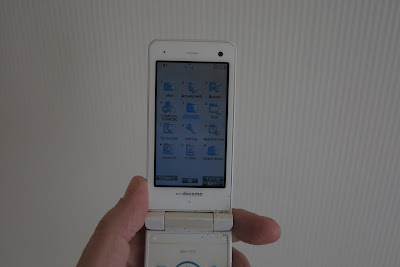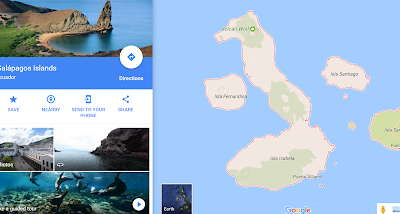Garakei - Japan's Unique Featurephones
Friday, April 14, 2017
ガラケー
Japan is among the top 15 countries in the world for internet penetration. As of 2013, about 85% of the Japanese population had access to the internet via a computer or mobile device.
Mobile devices also have very high penetration in Japan. In 2015, there were about 159 million mobile/cellphone subscriptions in Japan, outnumbering the population by an almost incredible 23 million!
However, unlike in neighboring South Korea, for example, where 88% of the population owned a smartphone in 2015, or even China where 58% owned one, only about 40% of the Japanese population owned a smartphone. The remaining 60% (about 95 million phones) were cellphones.
The most popular kind of cellphone in Japan is the featurephone, smarter than the old original Nokia-style brick, but dumber than a smartphone. However, featurephones in Japan come with an array of features and specifications geared to Japanese infrastructure that don't work overseas. For example, years ago, before I got an iPhone, my featurephone provided by au (the mobile provider owned by KDDI, the second biggest carrier in Japan) came with a very convenient built-in Suica function. To go through a railway station turnstile, or pay for a bottle of water at a convenience store or vending machine, I simply swiped my phone instead of a plastic card, and topped up my Suica online.
Featurephones with these kinds of Japan-only features are known locally as garakei (or galakei). The etymology is funny. Gara (which can also be pronounced gala, as Japanese makes no distinction between the "l" and "r" sounds) is short for Galapagos, and "kei" is short for keitai, which means "mobile." In other words, a "Galapagos mobile."
From the famous giant Galapagos tortoise, to the marine iguana to the blue-footed booby, the isolated Galapagos Islands are known for their numerous uniquely evolved species. The Japanese featurephone's evolution is likened to this, as something recognizable the world over, yet which has adapted to its environment and developed unique features.
The fact that Japan had a policy of national isolation, or sakoku, for over two centuries up until 1853 adds another dimension to the garakei moniker, giving it a sheen of self-conscious humor.
However, like so many unique species on our planet, the garakei seems to be facing extinction. NTT, Japan's biggest mobile provider, announced last November that it was discontinuing its "iMode keitai" mobile line and replacing it with Android-based "P-smart" smartphones, and other providers are following suit.
© JapanVisitor.com
Goods From Japan delivered to your home or business
 |
| The garakei, an endangered species |
Mobile devices also have very high penetration in Japan. In 2015, there were about 159 million mobile/cellphone subscriptions in Japan, outnumbering the population by an almost incredible 23 million!
However, unlike in neighboring South Korea, for example, where 88% of the population owned a smartphone in 2015, or even China where 58% owned one, only about 40% of the Japanese population owned a smartphone. The remaining 60% (about 95 million phones) were cellphones.
The most popular kind of cellphone in Japan is the featurephone, smarter than the old original Nokia-style brick, but dumber than a smartphone. However, featurephones in Japan come with an array of features and specifications geared to Japanese infrastructure that don't work overseas. For example, years ago, before I got an iPhone, my featurephone provided by au (the mobile provider owned by KDDI, the second biggest carrier in Japan) came with a very convenient built-in Suica function. To go through a railway station turnstile, or pay for a bottle of water at a convenience store or vending machine, I simply swiped my phone instead of a plastic card, and topped up my Suica online.
 |
| The Galapagos Islands, the inspiration for the term galakei |
From the famous giant Galapagos tortoise, to the marine iguana to the blue-footed booby, the isolated Galapagos Islands are known for their numerous uniquely evolved species. The Japanese featurephone's evolution is likened to this, as something recognizable the world over, yet which has adapted to its environment and developed unique features.
The fact that Japan had a policy of national isolation, or sakoku, for over two centuries up until 1853 adds another dimension to the garakei moniker, giving it a sheen of self-conscious humor.
However, like so many unique species on our planet, the garakei seems to be facing extinction. NTT, Japan's biggest mobile provider, announced last November that it was discontinuing its "iMode keitai" mobile line and replacing it with Android-based "P-smart" smartphones, and other providers are following suit.
© JapanVisitor.com
Goods From Japan delivered to your home or business